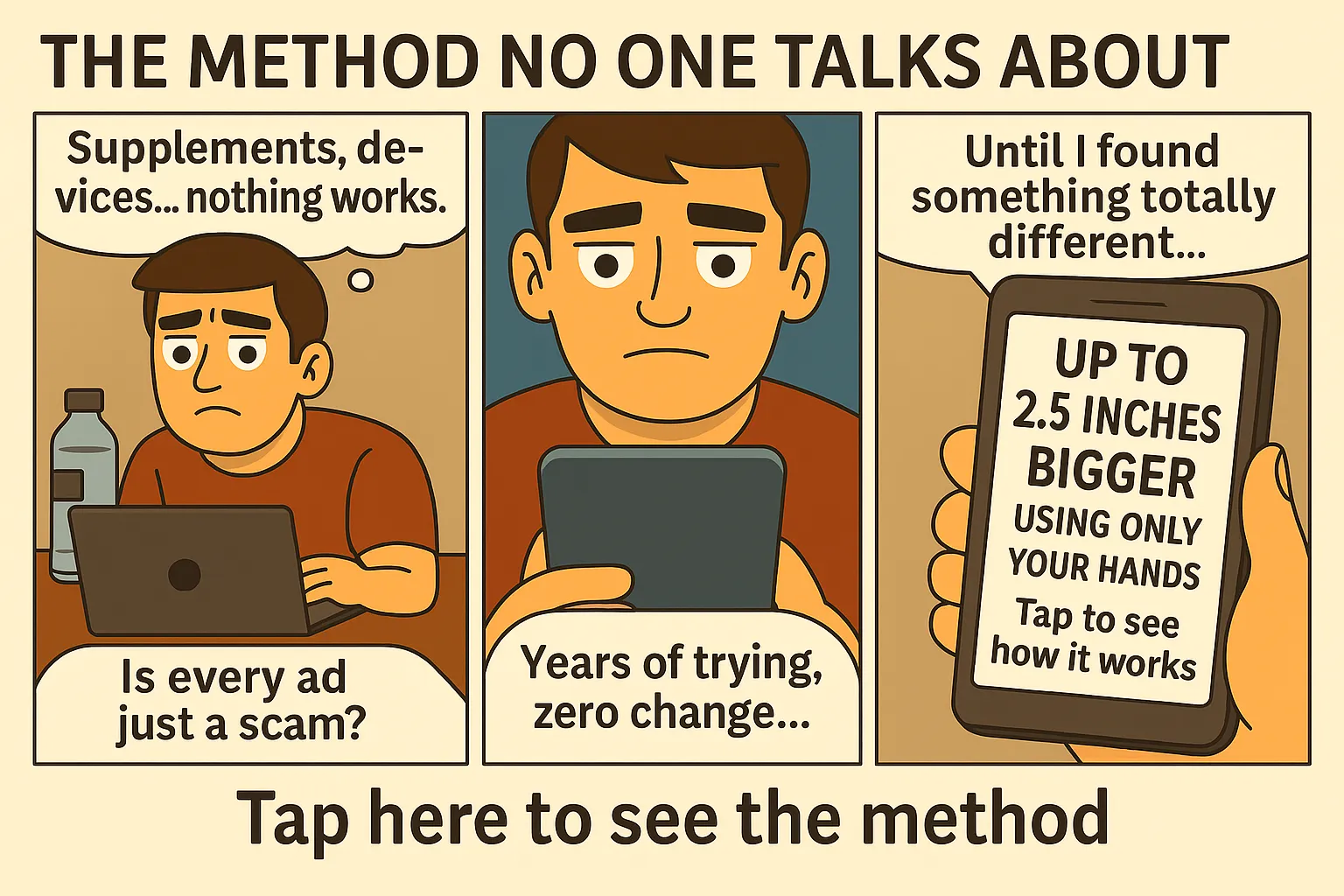Insulin Resistance Is Quietly Stealing Your Testosterone 🧬
Most men think testosterone issues are all about age or lifestyle. But one silent killer is wreaking havoc on your masculinity from the inside out: insulin resistance. Understanding the insulin testosterone impact is critical if you’re serious about fat loss, energy, libido, and performance.
What Is Insulin Resistance?
🧬 Metabolic Health vs Insulin Resistance: Hormonal Effects
| Marker | Healthy Metabolism | Insulin Resistant State |
|---|---|---|
| Fasting Glucose | 80–90 mg/dL | 100–125 mg/dL |
| Fasting Insulin | 2–5 µIU/mL | 10–25 µIU/mL |
| Testosterone | Normal to high | Suppressed by inflammation |
| SHBG | Balanced | Often elevated (less free T) |
Insulin resistance happens when your body stops responding properly to insulin, the hormone responsible for regulating blood sugar. Over time, blood sugar stays elevated, insulin levels rise, and fat storage increases — especially around the belly. This creates hormonal chaos, and testosterone is the first to suffer.
How Insulin Resistance Destroys Testosterone
Chronically high insulin disrupts the HPG axis (hypothalamic-pituitary-gonadal), which regulates testosterone production. It also increases aromatase, the enzyme that converts testosterone into estrogen — robbing you of your masculine edge. Plus, insulin resistance promotes inflammation, which suppresses testosterone even further.
Warning Signs You Have Insulin-Induced Low T
- Stubborn belly fat that won’t go away
- Crashing energy after meals
- Low libido and erectile issues
- Mood swings or brain fog
- High triglycerides or prediabetes diagnosis
How to Reverse the Insulin-Testosterone Crash
To repair your hormones, you must improve insulin sensitivity. That starts with food, training, sleep, and supplementation — all working together to rebalance your metabolism. This is the core of the insulin testosterone impact and why fixing insulin is mandatory for male recovery.
Fix Your Blood Sugar, Save Your Hormones
The fastest way to improve testosterone is to improve insulin. When your blood sugar is stable, your body can finally shift from storage to performance. Here’s how to do it:
- Eat protein-first meals: Protein reduces the glucose spike from carbs and triggers glucagon, the fat-burning counterpart to insulin.
- Cut refined carbs and sugar: Pasta, white bread, and sugary drinks keep insulin high and testosterone low.
- Use apple cider vinegar before meals: ACV improves insulin sensitivity and reduces post-meal blood sugar spikes.
- Walk for 10 minutes after eating: Movement lowers blood glucose and clears insulin faster.
Training to Improve Insulin and Testosterone
Strength training increases glucose uptake by muscle tissue and lowers insulin resistance. Short, intense sessions (30–45 minutes) with big compound lifts are ideal. Add sprints 1–2x per week for metabolic shock therapy. For a full training plan that supports hormones, check our post on exercise hormone balance.
Sleep and Insulin: The Overlooked Connection
Just one night of poor sleep can increase insulin resistance by 30%. Chronic sleep debt drives cortisol up, keeps insulin high, and tanks testosterone. Fix this with our proven sleep hacks for men.
The Gut-Testosterone-Insulin Axis
Gut inflammation drives insulin resistance and disrupts testosterone production. Take a daily probiotic, cut seed oils, and avoid processed snacks. Bone broth, fermented foods, and magnesium citrate help rebuild the gut barrier and support hormonal stability.
Supplements That Improve Insulin and Testosterone
- Berberine: Natural insulin sensitizer, often compared to metformin without side effects.
- Magnesium: Critical for over 300 metabolic functions including blood sugar regulation and testosterone synthesis.
- Vitamin D3: Low levels are linked to insulin resistance and low testosterone.
- Cinnamon Extract: Lowers fasting glucose and improves insulin signaling.
Reclaim Your Testosterone by Fixing Insulin First
If you’re constantly tired, struggling with belly fat, and feel like your energy is shot — don’t blame testosterone alone. Insulin resistance is often the real villain. The good news? It’s reversible. And when you fix it, your masculine fire returns fast.
Want the complete blueprint to restore hormonal dominance? Access the full system for male growth, energy, and stamina.
Also read how body fat affects testosterone to eliminate hidden hormonal blocks.
Weekly Meal Strategy to Lower Insulin and Raise Testosterone
You don’t need a crash diet. You need metabolic control. Here’s a sample framework:
- Breakfast: Eggs, avocado, black coffee (no sugar)
- Lunch: Grilled meat, olive oil salad, nuts
- Dinner: Salmon, roasted broccoli, sweet potato
- Snacks: Hard-boiled eggs, Greek yogurt, protein shake with cinnamon
Limit snacking to avoid constant insulin spikes. Prioritize protein and fat over starchy carbs. Eat carbs mostly post-workout when insulin sensitivity is highest.
Morning Routines That Stabilize Insulin All Day
- Sunlight exposure: Early sun helps reset circadian rhythm and improve glucose metabolism.
- Hydration with electrolytes: Improves energy and insulin signaling.
- Light movement: 5–10 minutes of bodyweight work boosts metabolism and lowers fasting insulin.
How Testosterone Repairs Once Insulin Is Fixed
Once you reverse insulin resistance, inflammation drops, SHBG (sex hormone binding globulin) decreases, and free testosterone rises. You’ll feel it fast: better mood, more morning wood, faster recovery, and higher libido. That’s the power of fixing the insulin testosterone impact at the root.
Insulin Resistance, Estrogen, and Belly Fat
High insulin leads to more body fat. More fat increases aromatase activity, converting testosterone into estrogen. This creates a vicious cycle of soft tissue, low drive, and poor performance. Break the cycle by optimizing insulin through diet, movement, and stress reduction.
The Power of Fasted Training
Fasted workouts — especially walking or light cardio — improve insulin sensitivity and tap into stored fat. Just don’t fast too hard for too long. Combine fasted movement with electrolytes or black coffee, and follow it with a protein-rich post-workout meal to avoid cortisol spikes.
Summary: Fix Insulin, Reclaim Your Masculinity
Low testosterone isn’t always a primary issue. Often, it’s a metabolic chain reaction triggered by blood sugar mismanagement. Fix your insulin, and your body starts producing testosterone the way it was built to. The insulin testosterone impact is real — and fixable.
Then check our detailed breakdown of nighttime testosterone habits to lock in 24/7 hormonal recovery.
How to Test for Insulin Resistance and Hormonal Imbalance
- Fasting insulin: Should be below 5 μIU/mL
- HOMA-IR score: Combines glucose and insulin to measure resistance
- Free testosterone + SHBG: Tells you how much usable T you have
- CRP or hs-CRP: Measures inflammation, often high in insulin-resistant men
Repeat labs every 8–12 weeks after applying the strategies in this article. Track symptoms along with labs for real transformation.
Weekly Protocol to Reverse the Insulin-Testosterone Crash
- Monday: Lift heavy + low-carb meals
- Tuesday: Light cardio + high protein
- Wednesday: Sprint intervals + apple cider vinegar with dinner
- Thursday: Fasted walk + fermented foods
- Friday: Full-body training + cold shower + magnesium
- Saturday: Mobility + carbs post-workout
- Sunday: Full rest + reflection + sleep optimization
Masculine Discipline = Insulin Control
Modern life is engineered to destroy your hormones: fake light, processed food, endless stimulation. Be the exception. Discipline is your weapon. Control your input, master your body. The insulin testosterone impact is your biological advantage — if you use it.
Real Power Comes from Internal Control
You can’t inject masculinity. You build it. When you fix insulin resistance, your entire hormonal profile shifts. Confidence returns. Focus sharpens. Libido climbs. This is how modern men take back control — not with gimmicks, but with biology.
Ready to dominate your health and energy again? Join the transformation with the full protocol for male growth and stamina.
Also explore training strategies that support hormones to fully close the testosterone-insulin performance loop.
Checklist: Are You Sabotaging Your Testosterone With These Habits?
- ❌ Eating processed carbs daily
- ❌ Skipping sleep or staying up past midnight
- ❌ Drinking alcohol multiple times per week
- ❌ Avoiding strength training or movement
- ❌ High stress with no recovery routines
- ❌ Using screens late at night without blue blockers
Mindset Shift: Think Like a Metabolic Weapon
Testosterone isn’t built in a bottle. It’s built through behavior. You’re either feeding your masculine systems — or feeding your dysfunction. Every choice either increases insulin resistance or improves metabolic power. Choose wisely. Move like a predator, eat with intention, rest like a warrior.
Your Masculine Edge Is Waiting
This is more than a health article. It’s a call to action. Fixing insulin is how men in today’s world reclaim testosterone, power, and clarity. You now have the blueprint. Apply it ruthlessly. Insulin testosterone impact is the code — now you hold the key.
And don’t forget to understand the relationship between body fat and hormone imbalance — it’s the final piece of your hormonal mastery puzzle.
One Decision at a Time: Build Hormonal Dominance Daily
Your testosterone doesn’t care about motivation. It responds to habits. Every meal, every rep, every hour of sleep is a vote for — or against — your hormonal health. When you understand the insulin testosterone impact, you stop outsourcing your power and start living like a high-performance man.
This isn’t optional anymore. It’s survival. And you’re now equipped to win.
❓ FAQ: Insulin, Fat, and Testosterone
Is insulin resistance reversible?
Yes. Through strength training, low-glycemic nutrition, and improved sleep, most men can reverse insulin resistance in 4–12 weeks.
Can I boost testosterone without fixing insulin?
Unlikely. If insulin remains high, testosterone production is suppressed at multiple levels — especially SHBG and aromatase activity.








